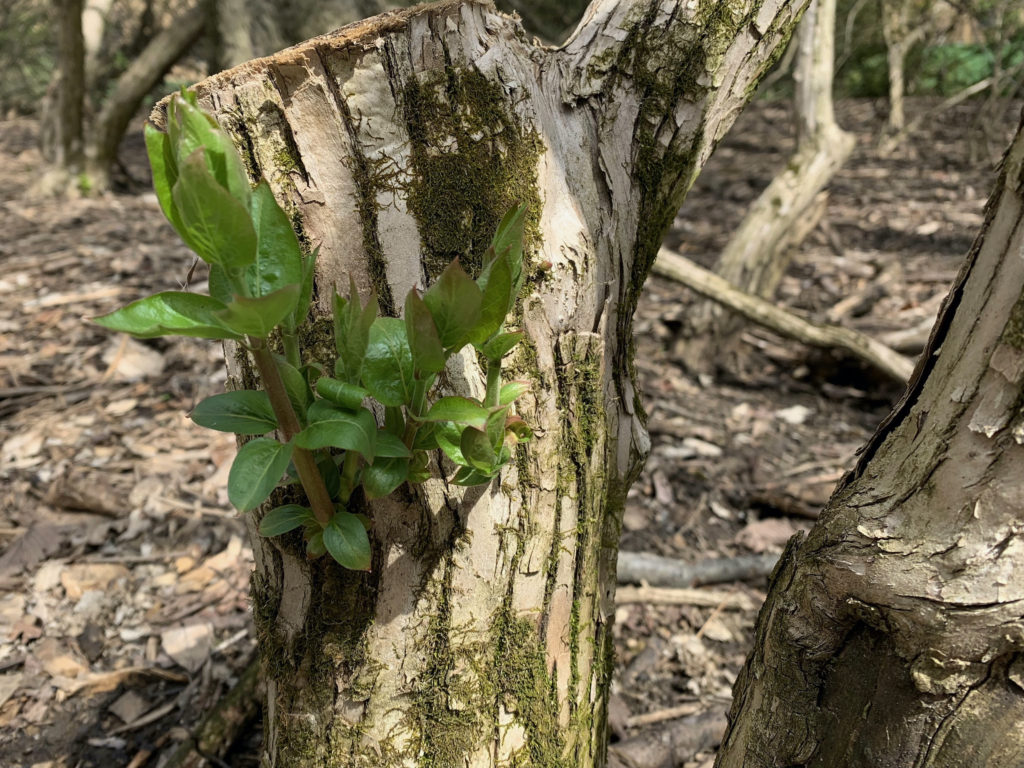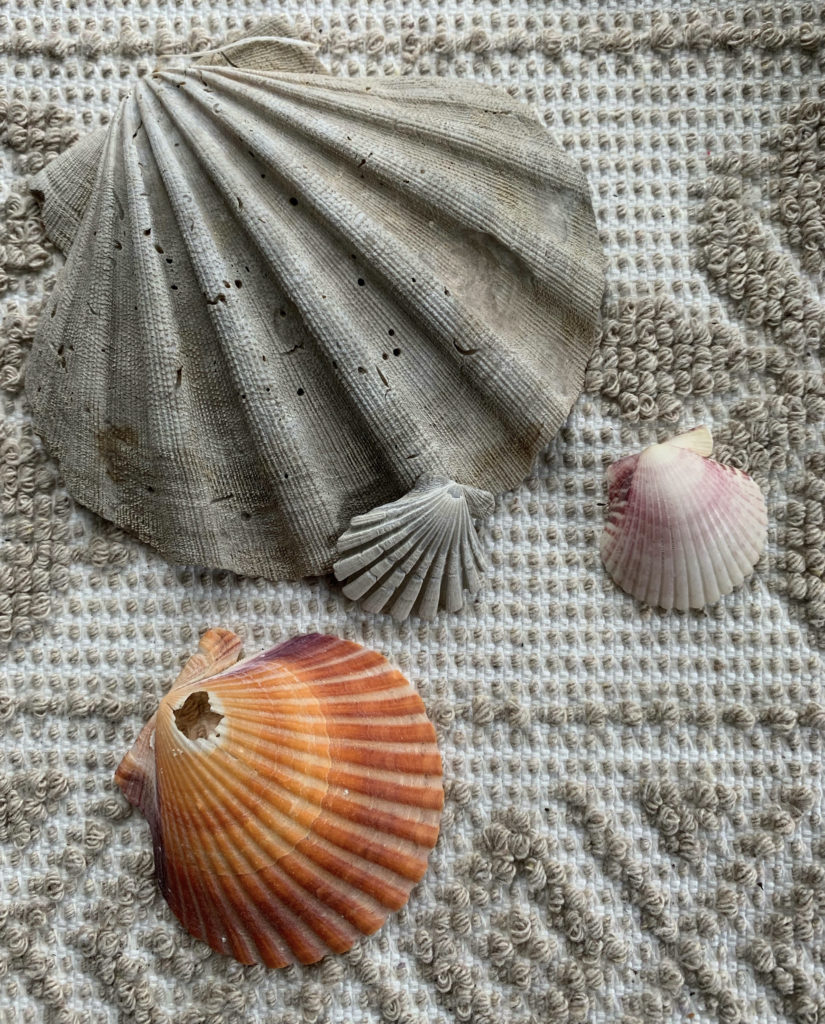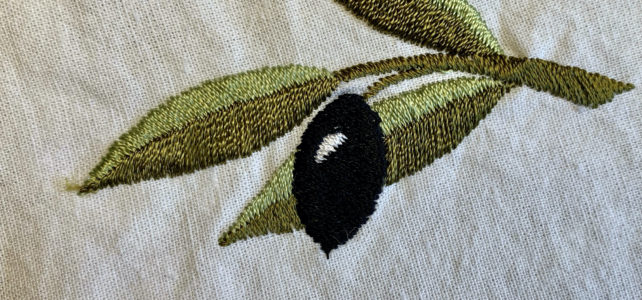In Cuglieri, a small town in western Sardinia, people have come together to save “the Patriarch,” their cherished olive tree ravaged by wildfires that engulfed the region in July. Estimated to be 1,800 – 2,000 years old, it has been a symbol of a way of life.
In a New York Times article,1 Maria Franca Curcu, the councilor with responsibility for social policies and culture for the municipality, was quoted as saying “the Patriarch is our identity.” Saving him, she says, would be a message of hope to those who have lost so much in this fire. Farmers lost 90% of their olive trees and their livelihood. Of the 2,600 inhabitants, 1,000 were forced to evacuate.
What struck me about this story was the way people came together with hope of reviving the tree. A professor and director of the botanical garden at the University of Cagliari offered his expertise. Despite the 11-foot-wide trunk having burned for two days, efforts were being made to nurture what life remains deep within. The team cooled the soil and covered it with straw. They wrapped the trunk with jute tarps. A local plumber created an irrigation system to keep the soil moist and to deliver an organic fertilizer every 10 days. A construction company built a structure to do what the now non-existent crown of leaves would have done: provide shade.
The hope is not that the tree will return to its former glory, but that peripheral roots will rejuvenate, provide nutrients to the stump, and enable new shoots to appear in the fall. The result would be something new, growing from the original.

The plight of the Patriarch is a metaphor for our times: The status quo is no longer viable. The pandemic has exposed diseased parts of political and economic systems that should not be sustained. Inequalities that exist around the world are impossible to ignore. The gap between the ability of rich countries and poor ones to obtain vaccines is one example. In day-to-day life, Covid has affected how people shop, work (or not), gather, communicate, pray, and support one another. The murder of George Floyd pushed awareness of racial bigotry and police abuse beyond the tipping point. Effects of climate change are manifesting faster than expected, resulting in, among other things, an increase in severe weather and the scope and severity of wildfires like the one that burned through Cuglieri.
What is happening in the world calls for a response similar to that of those dealing with the aftermath of the wildfire: communal efforts and hope:
- Listen to experts – follow scientists and those trained in dealing with trauma and growth.
- Practice self-care – seek out what you need to heal.
- Engage in service – care for those in your “village” or donate to groups equipped to respond when you can’t.
- Be open to change – accept that the future will look different as we let go of old ways that don’t serve the common good.

For me, the story of the Patriarch highlighted the power of symbols. Seeing that tree gave many people hope, a sense of who they are and of well-being. I began to think about the symbols in my life that are a source of hope. I have scallop shells scattered around my house. I hadn’t thought of them as symbols of hope but of pilgrimage. However, people don’t pilgrimage without hope in the process. Now, when I see the shells, I will remember the Holy Presence that is both the call and the destination, and of the promise that God is with us.
What are your symbols of hope? What can you look at each day to remind you that you are not traveling in the world alone? That Goodness remains in the world. That in the end, Love prevails. Maybe photos of loved ones or of places where you felt Sacred Presence will stir hope in your heart. Perhaps a Cross or holy book. A candle. A painting. A poem or a prayer written out and posted on your refrigerator or sitting on your table.
Surround yourselves with symbols of hope. And like the villagers of Cuglieri, don’t expect what will rise from the suffering to look the same as what has been lost. If new shoots don’t grow from the old stump, the villagers may plant a young tree that will grow into a Patriarch for new generations. Like them, we are called to have faith in community. And in hope.
© 2021 Mary van Balen
Photos: Mary van Balen

Good one, Mary. Especially loved the Sardinian tree story. I’m looking for my symbols of hope.
Thanks for your comment, Judy. I hope that tree has some life left in it and that new sprouts appear! Let me know what symbols of hope you find!
Your writing: reflections and connections, feed my heart and soul, Mary. You remind me that self-care is important and rejuvenates us. By that, we are able to actively participate in our communities, natural and social.
I like your photo. I see a tenderness and love by the touching of the larger gray and smaller gray shells. I see the nearness and support of the subtle-colored shell and the brightly-colored shell. Whether you intended it or not, I FELT that nearness by the proximity of the 2 outer shells. Your shell design speaks. Thank you for your article and photo. Your words, your insights enlighten and inspire. 🤗🙏🏼❤️
I’m so glad that my work speaks to you. And thank you for your insights. Words or images, once shared, take on a life of their own. They can become a conduit for meaning unseen and unintended by the author/artist but no less real. I had not arranged the shells with a particular message in mind, but reading your thoughts, I will see them in a new way now. The Spirit moves through us all. Thanks for sharing the Spirit within you!
It is true: ‘the status quo is no longer viable. ‘ While this is in many ways shocking, it must also give us hope. We cannot continue in the ways of the past. We must begin anew if we are to tackle the problems of today: inequalities, racism, the destruction of our planet. But change is hard and unsettling and to find symbols of hope is one way of combatting this. Thank you, Mary, for a both stirring and heartening meditation.
You’re welcome, Olga. And thank you for your comments. Yes, change is hard. In some of my reading (and in an international Zoom writers’ group I attend) “creativity emerges from chaos” has been a recurring theme. As you point out, there are many areas in global life that are in chaos. And, depending on elections and the response of world leaders gathered at the Glasgow climate conference, crises may get worse. There is some hope, though, in remembering that chaos can give birth to creative solutions and new ways of being. To hope, to live into the changes, takes courage. May we find it, deep within.
We Americans, at least many of us, are not experienced with hopelessness. But a large percentage of us face it daily because of poverty and injustice and racism. Our religious leaders are too quiet on these issues. What will the RC bishops discuss in their November meeting to generate hope ? Remember Les Mis, “when hope was high and life worth living.”
Thank you for sharing your thoughts, Wilfred. I agree. Many religious leaders are silent in the face of oppression and injustices that must be faced with honesty and resolve to make changes to address them. Like you, I wonder what the RC bishops will discuss and what actions they will take. Will they generate hope or frustration?